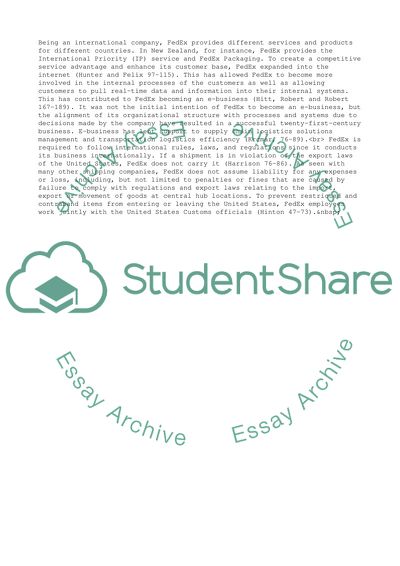Cite this document
(Strategic Information Management of Federal Express Corporation Term Paper, n.d.)
Strategic Information Management of Federal Express Corporation Term Paper. Retrieved from https://studentshare.org/management/1740919-sim
Strategic Information Management of Federal Express Corporation Term Paper. Retrieved from https://studentshare.org/management/1740919-sim
(Strategic Information Management of Federal Express Corporation Term Paper)
Strategic Information Management of Federal Express Corporation Term Paper. https://studentshare.org/management/1740919-sim.
Strategic Information Management of Federal Express Corporation Term Paper. https://studentshare.org/management/1740919-sim.
“Strategic Information Management of Federal Express Corporation Term Paper”, n.d. https://studentshare.org/management/1740919-sim.


